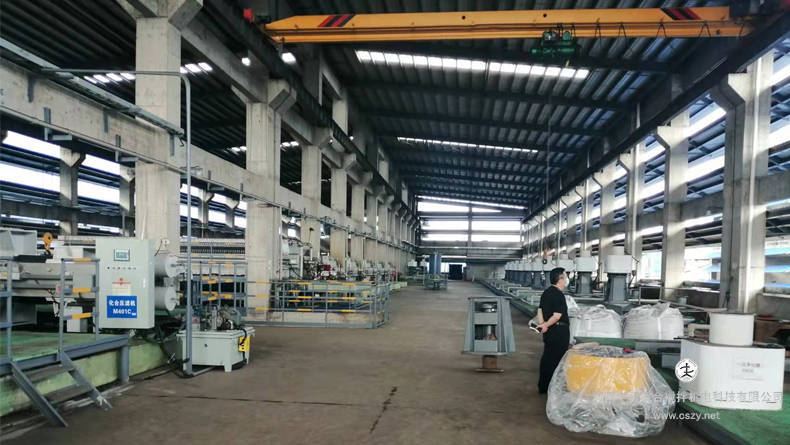Permanent magnet motor is now regarded as an energy saving power device. Research and production of permanent magnet motor products have huge social and economic benefits. Permanent magnet motor can save energy. It can be said that the development of permanent magnet motor is in line with the direction of energy conservation and emission reduction and economic development that China has been concerned about for a long time. Therefore, the development of permanent magnet motor has been supported and encouraged by the government.

Because industrial motor is a field that consumes a lot of power in society, we must focus on the key points before we want to save power. From the data point of view, in 2020, the power consumption of motor units in China will account for 64% of the total power consumption of the whole society, and the total power consumption of motors in the industrial field will account for 75% of the total industrial power consumption. Every 1% increase in the energy efficiency of the electricity price in the industrial field, we can save about 38.4 billion kilowatts of electricity every year, that is, the energy efficiency can be improved by 3%. In the final analysis, the rare earth permanent magnet motor is used to save energy and electricity. It has natural energy-saving advantages. It is not only efficient and energy-saving, but also very efficient. The efficiency of permanent magnet motor can increase by 2-19 percentage points compared with traditional motor. At the same time, the structure of rare earth permanent magnet motor is relatively simple, and the failure rate is relatively low. Therefore, it has a long life and many advantages.
That's why the permanent magnet motor has not seen much growth in recent two days. The permanent magnet material belongs to the magnetic material of the motor. The proportion of high-efficiency energy-saving motors has increased, which will definitely stimulate the demand for rare earth magnetic materials. Here we need to know about the industrial chain of rare earth permanent magnet motor. First, look at the upstream magnetic materials. The magnetic materials are mainly divided into permanent magnets and soft magnets. The permanent magnets include ferrite and rare earth permanent magnets. The soft magnets are metal soft magnets, and there are some ferrite soft magnets. This document mainly pulls the rare earth permanent magnets, followed by ferrite. The soft magnet mainly benefits from the rapid development of some photovoltaic, vehicle mounted, wind power, and charging piles industries, while the permanent magnet benefits from the development of motor, new energy and other industries. The raw material of ferrite is red iron, a by-product of steel mills. The overall price is relatively stable. This year's fluctuations have increased. What is the raw material of rare earth permanent magnet? It is rare earth, but also praseodymium, neodymium, dysprosium and terbium. The price fluctuates violently.
What we mainly analyze today is the permanent magnet. The upstream raw materials are made of mixed rare earth into some magnetic materials, and then go to the middle link to make Nd-Fe-B magnets, and then go to the downstream to apply to various devices. What about the market space of magnetic materials? By 2020, the stock size of industrial motors will be 4 billion kilowatts. According to the motor energy efficiency improvement plan, the proportion of high-efficiency and energy-saving motors will reach more than 20% by 2023, and the proportion of our current high-efficiency and energy-saving motors above Class II will only be about 8%. That is, without considering the new demand, suppose that 12% of the stock of industrial motors will be transformed into high-efficiency and energy-saving motors in 22-23, 50% of them are rare earth permanent magnet motors, so our annual new demand for magnetic materials is more than 20000 tons. If we want to achieve an annual output of 170 million kilowatts by the year 23, it is expected that our demand for rare earth NdFeB magnetic materials will reach more than 15000 tons, which is expected to reach more than 60000 tons by 2025, and the compound growth rate in five years will be as high as 56%. This shows that permanent magnet motors have broad prospects in the future industrial motor industry.


